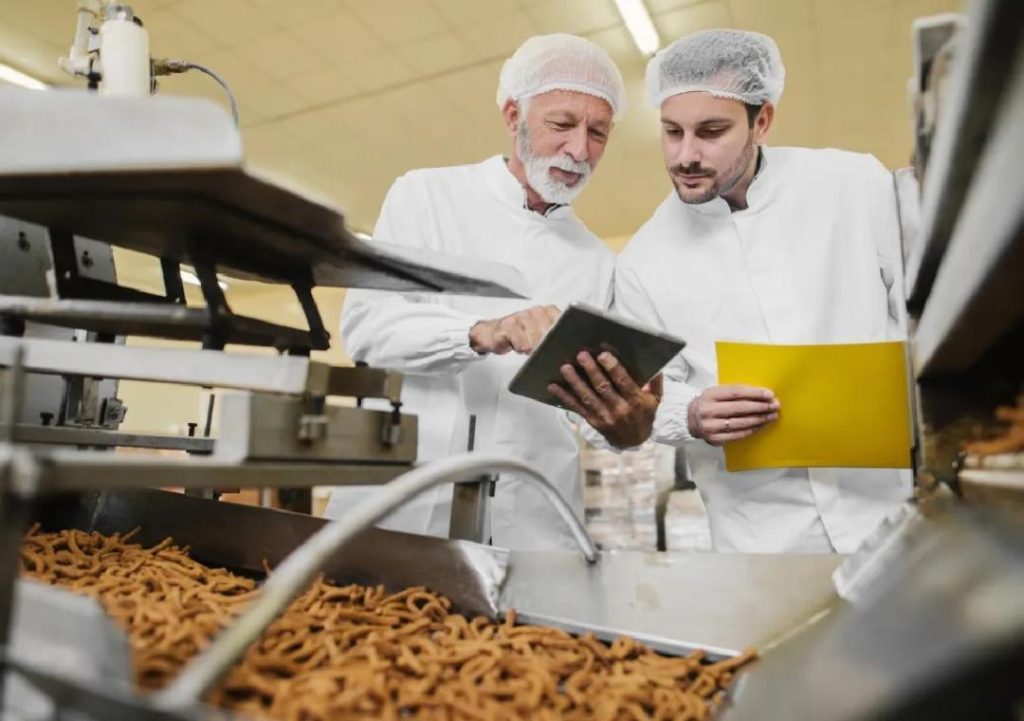
Can P&L Optimisation Redefine Success in Food Technology?
The food technology industry is rapidly evolving, driven by advancements in automation, data analytics, and smart inventory systems. Amidst this transformation, one aspect stands out as a key differentiator for success: Profit and Loss (P&L) optimisation. By streamlining P&L operations, food technology companies can improve profitability, cut waste, and make better decisions. In this blog post, we’ll explore how P&L optimisation can redefine success in the food tech industry.
The Importance of P&L Optimisation
P&L optimisation is the process of maximising profits by minimising losses and improving operational efficiency. In the food tech industry, where margins are often thin, P&L optimisation is crucial for survival. By streamlining P&L operations, companies can:
- Cut waste: Automation and data analytics help identify and eliminate unnecessary expenses, freeing up resources for more strategic investments.
- Sharpen demand forecasting: Accurate demand forecasting enables food tech companies to produce and inventory the right products in the right quantities, reducing waste and excess inventory.
- Support better decisions: With real-time data and analytics, businesses can make informed decisions, such as optimising production schedules, adjusting pricing, and identifying new revenue streams.
How Food Tech Companies are Optimising P&L Operations
To achieve P&L optimisation, food tech companies are adopting a range of strategies, including:
- Automating manual processes: By automating tasks such as inventory tracking, ordering, and shipping, companies can reduce errors, increase efficiency, and free up staff to focus on higher-value tasks.
- Implementing smart inventory systems: Inventory management systems track stock levels, monitor usage, and alert businesses to potential shortages or overstocking, enabling proactive inventory management.
- Using data analytics: Data analytics tools provide insights into sales trends, production costs, and customer behavior, enabling businesses to identify areas for improvement and make data-driven decisions.
- Scaling operations: By adopting scalable business models, food tech companies can increase capacity, reduce costs, and expand their reach without sacrificing profitability.
Case Studies: P&L Optimisation in Action
Several food tech companies have successfully implemented P&L optimisation strategies, with impressive results. For example:
- FreshDirect: This online grocery delivery service optimised its P&L operations by implementing a comprehensive inventory management system, which reduced inventory costs by 20% and improved on-time delivery rates by 15%.
- Plated: This meal-kit delivery company streamlined its P&L operations by automating manual tasks, such as recipe planning and inventory tracking. This enabled the company to reduce production costs by 15% and increase customer satisfaction ratings by 10%.
The Future of P&L Optimisation in Food Tech
As the food tech industry continues to evolve, P&L optimisation will remain a key driver of success. To stay ahead of the competition, companies will need to:
- Invest in automation and data analytics: By leveraging these technologies, food tech companies can gain real-time insights into their operations and make data-driven decisions.
- Develop scalable business models: As the industry continues to grow, companies will need to be able to scale their operations quickly and efficiently to meet demand.
- Focus on sustainability: Food tech companies that prioritise sustainability, through reduced waste and energy consumption, will be better positioned to attract customers and investors who value environmental responsibility.
Conclusion
P&L optimisation is not a one-time achievement, but an ongoing process that requires continuous monitoring, analysis, and improvement. By adopting automation, smart inventory systems, and data analytics, food tech companies can improve profitability, cut waste, and support better decisions. As the industry continues to evolve, those that prioritise P&L optimisation will be better positioned to achieve sustainable growth and stay competitive.
Source:
https://www.growthjockey.com/blogs/p-and-l-operations-in-food-tech






